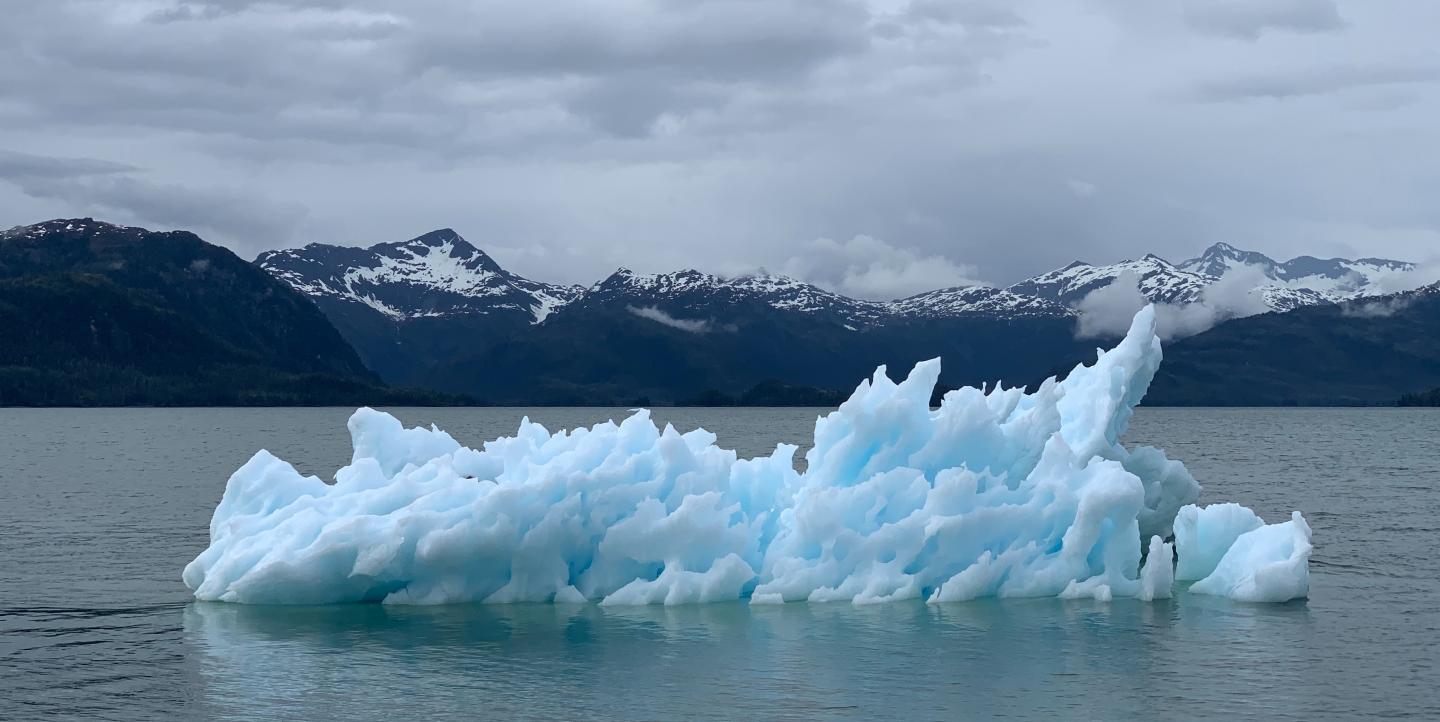Mark Hertsgaard began covering climate change in 1989 and traveled the world to write books on the topic. Today, the journalist spearheads a global movement that is sparking coverage of what he calls “the defining story of our times.”
The response to Covering Climate Now, initiated during an April 2019 conference at Columbia University, has been stunning, said Hertsgaard, the project’s co-founder and environment correspondent for The Nation. Concern over the lack of media attention to the climate crisis has grown into an international movement that is breaking new ground.
Today more than 350 outlets worldwide have signed on to the initiative alongside dozens of institutional and independent partners.
Co-sponsored by The Nation and the Columbia Journalism Review (CJR), with The Guardian as lead media partner, the venture began by asking participants to commit to highlighting climate stories for a week before the United Nations Climate Action Summit on Sept. 23. A sampling of the hundreds of stories published under its banner are posted on the website.
“The need for solid climate coverage has never been greater,” said Kyle Pope, CJR’s editor and publisher and project co-founder in an August posting. “We’re proud that so many organizations from across the U.S. and around the world have joined with Covering Climate Now to do our duty as journalists.”
With a combined audience of more than 1 billion people, Hertsgaard described as “one of the most ambitious efforts ever to organize the world’s media around a single coverage topic.”
The diverse list of participants attests to the movement’s wide appeal. It includes Teen Vogue, the Nepali Times and National Catholic Reporter, CBS News, Agence France-Presse, The Hindustan Times and Aljazeera, alongside many others.
The topics covered by media outlets were also wide-ranging. Japan’s Asahi Shimbun published a story on “Global warming outpacing steps to protect Tokyo Olympic athletes.” The San Francisco Chronicle documented the effects on farmers and ranchers, and Daily Egypt explored climate-focused youth movements.
The Brian Lehrer Show on WNYC, New York City public radio, took an interactive approach to climate reporting when they signed on to the global initiative. The audience was invited to share tips for being eco-friendly by phone or via the Twitter hashtag #PlasticChallenge.
“One thing we did for our part was to invite listeners to do something active, not just listen to the show,” wrote Lehrer in an email. “Judging from the response, people were really engaged.”
Hertsgaard originally had the idea for Climate Change Now in Oct. 2018 when he was watching a live-streamed press conference of lead scientists calling for “transformational changes” in the world’s economy, energy, agriculture and other sectors to reduce emissions. He noticed an obvious omission: The media.
If progress was to be made, Hertsgaard knew the world’s media would have to be on board. He turned to CJR editor and publisher Kyle Pope, a partner in past projects, to brainstorm the next step. They organized a conference at Columbia University in April 2019 to test the waters. Bill Moyers, a longtime journalist and political commentator, known for his support for public broadcasting, delivered the keynote address.
“We could tell from the very start that there was an immediate appetite for this — that it was the right idea at the right time,” said Hertsgaard. Backed by a US$1 million grant from The Schumann Media Center, they began contacting conference attendees and cold-calling prospective media outlets to join the collaborative effort.
Originally, Hertsgaard hoped for a couple dozen. However, by June, 60 had signed up.
“This thing took off like a rocket and [it] just keeps going,” said Hertsgaard. Ahead of the April conference, he and Pope authored a white paper titled, “The media are complacent while the world burns.” The paper includes suggestions for improving climate coverage.
Among the suggestions, the authors recommend establishing a separate, well-integrated climate desk. “The climate story is too important and multidimensional for a news outlet not to have a designated team covering it,” they wrote.
They also suggest learning the science behind the story, reporting on solutions and never shying away from “pointing fingers.”
“One thing that is 1,000 percent clear [is] we are not going away because the climate crisis is not going away,” said Hertsgaard. “We have to break the climate silence and increase coverage, which we have done very successfully. Our fundamental guiding star: follow the science.”
“We want to engage [Covering Climate Now] members in this collaboration and find out from them what should happen next in this movement,” Hertsgaard added. “That is exactly what we are doing right now.”
Main image CC-licensed by Unsplash via Melissa Bradley.
To join the Covering Climate Now initiative, contact coveringclimatenow@cjr.org.


